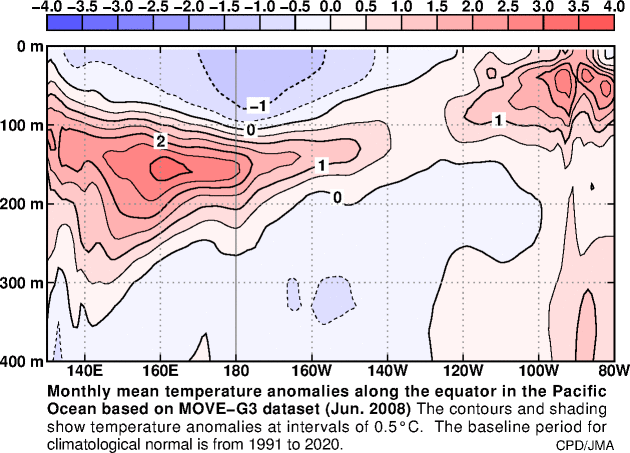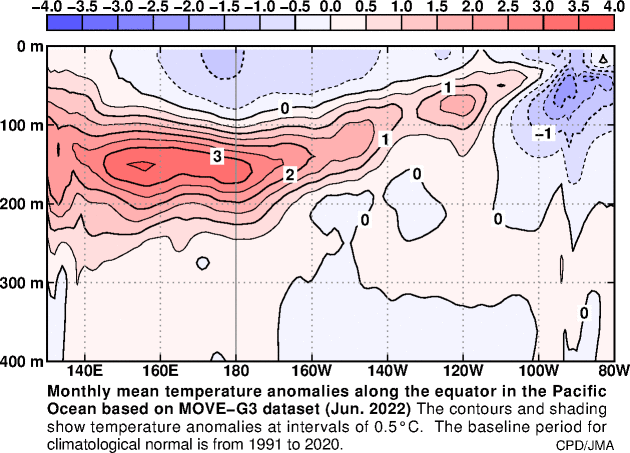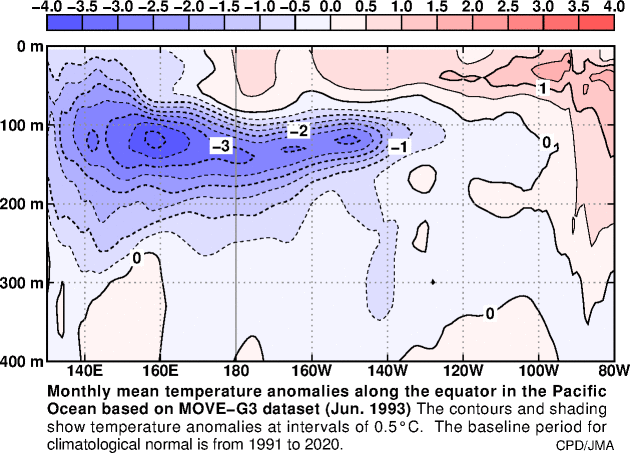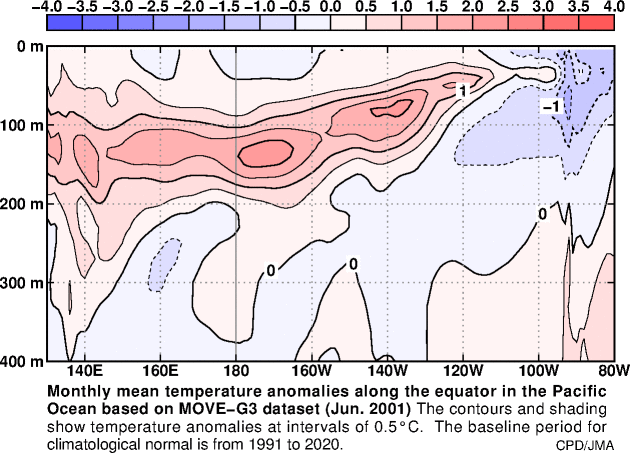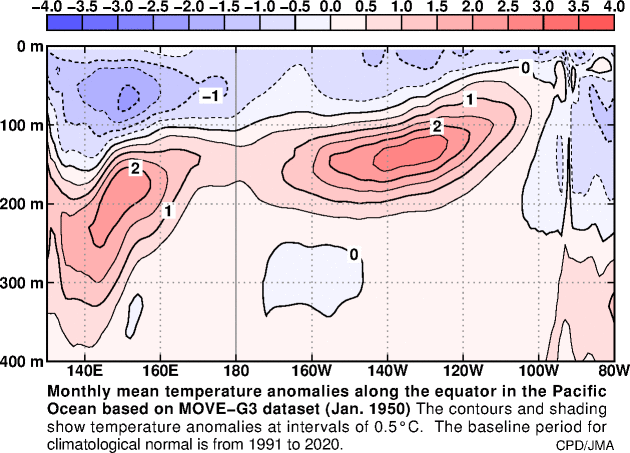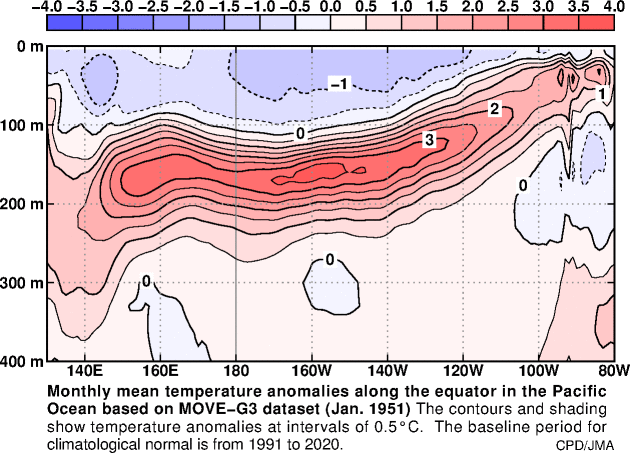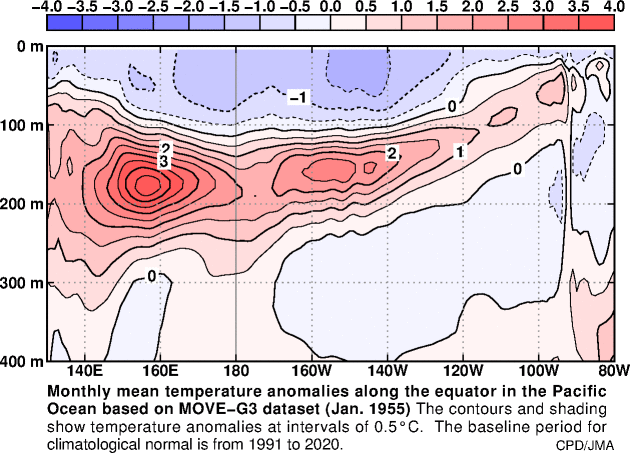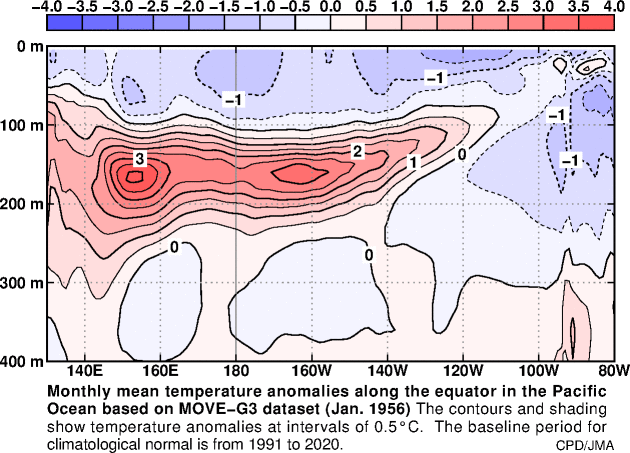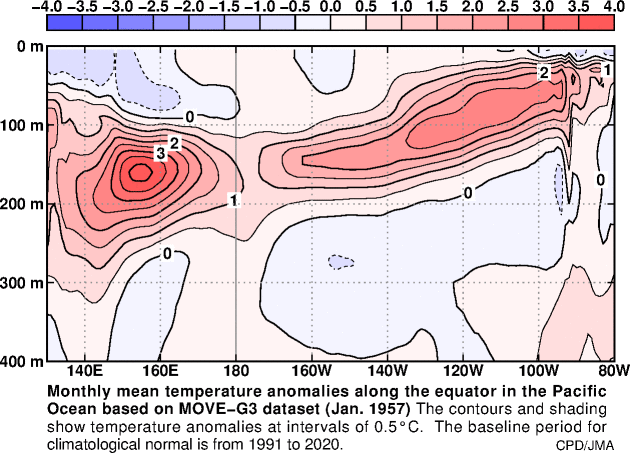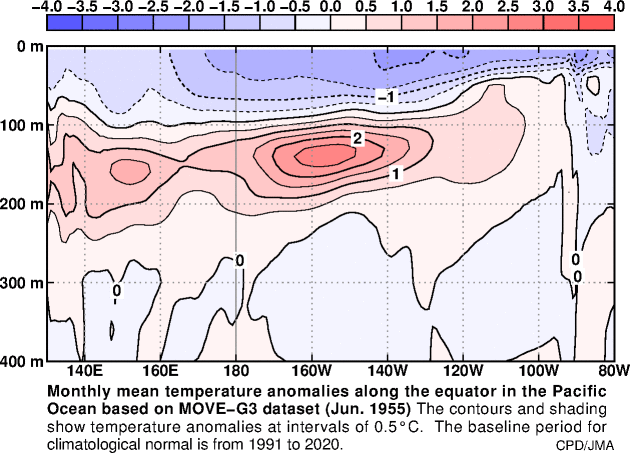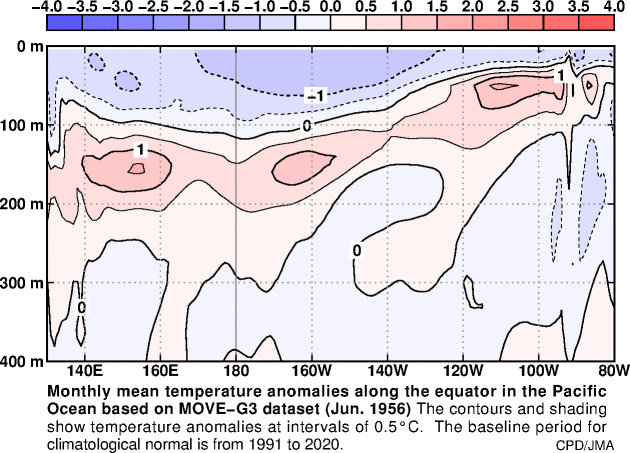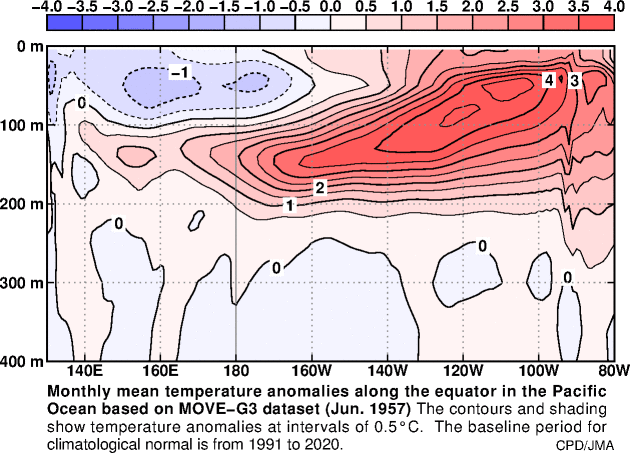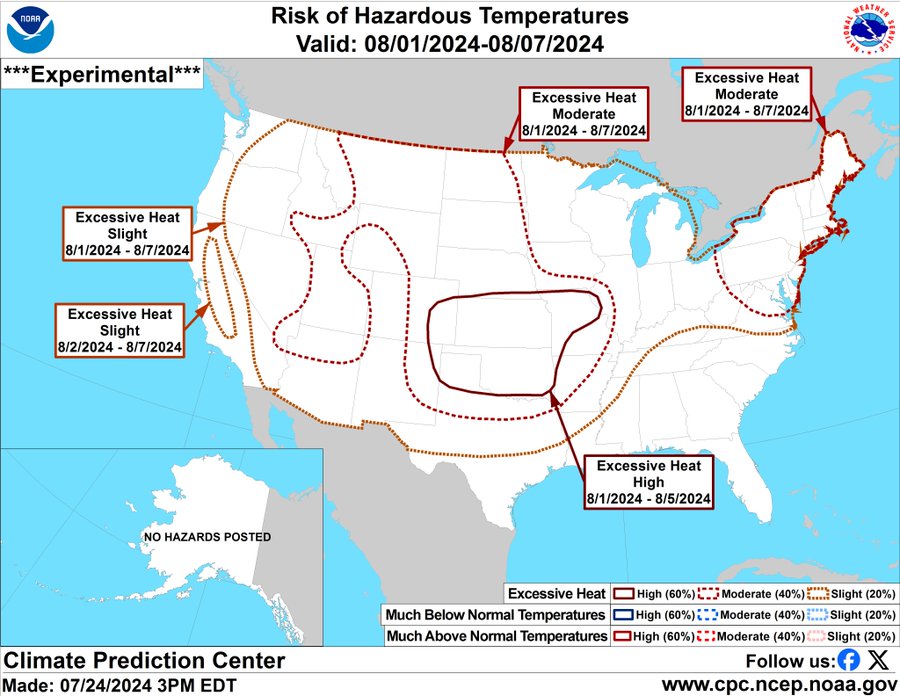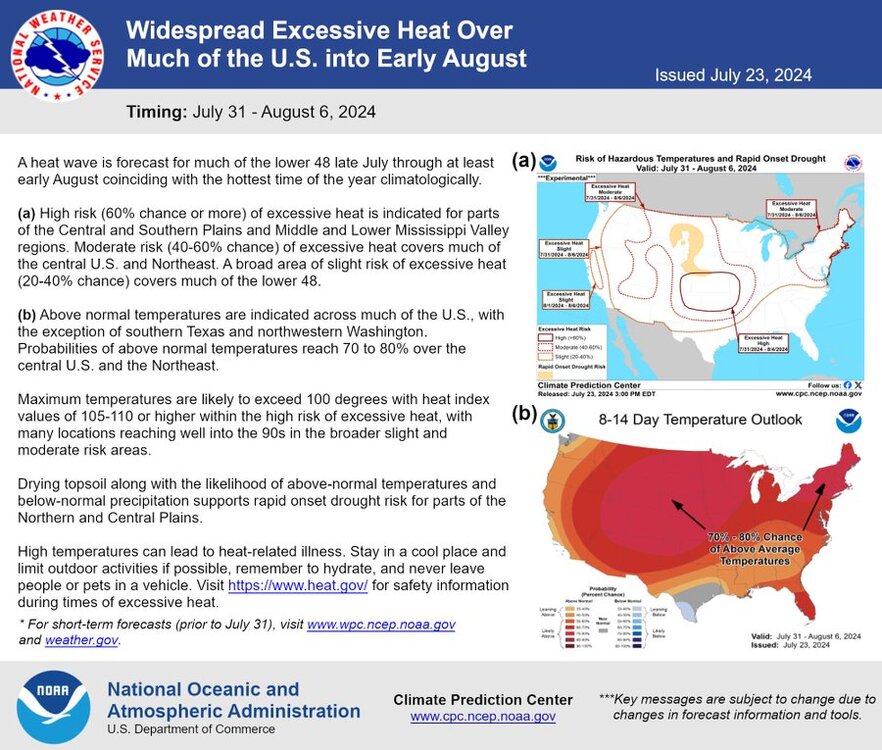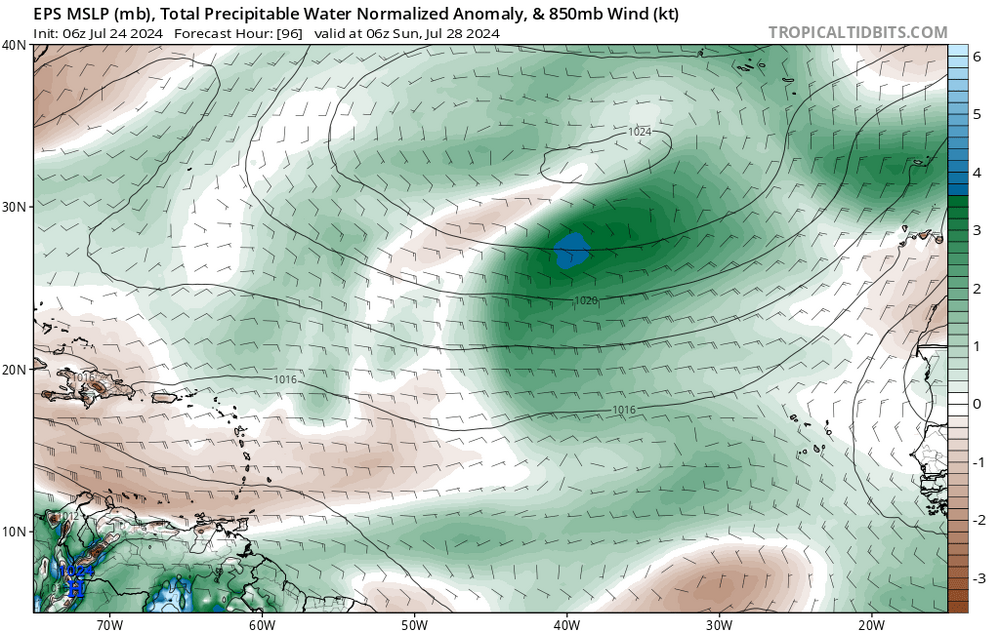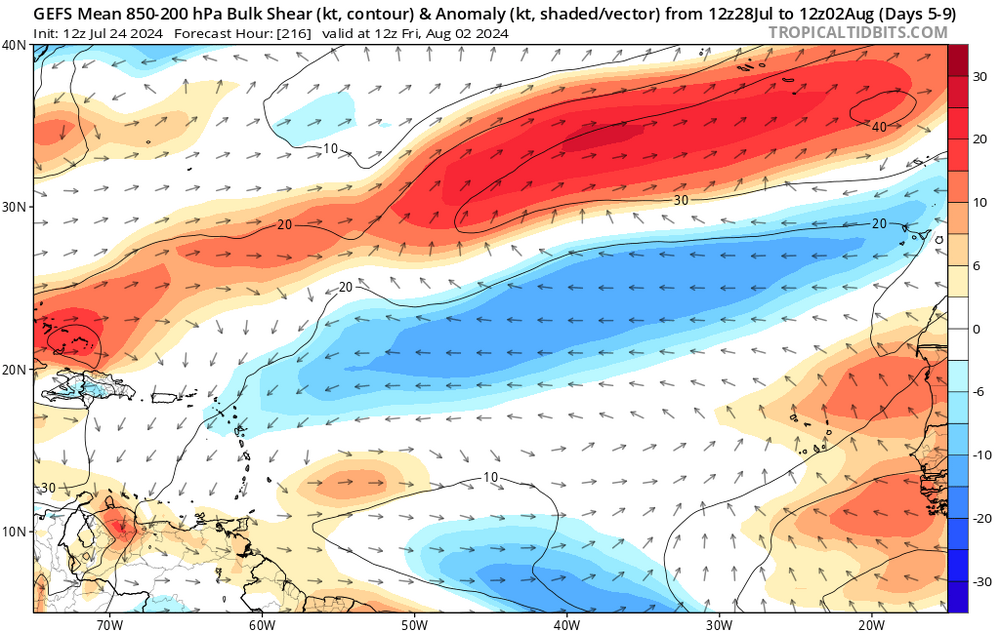
PhiEaglesfan712
Members-
Posts
1,056 -
Joined
-
Last visited
Content Type
Profiles
Blogs
Forums
American Weather
Media Demo
Store
Gallery
Everything posted by PhiEaglesfan712
-
2024-2025 La Nina
PhiEaglesfan712 replied to George001's topic in Weather Forecasting and Discussion
2011 is another year that had a rainy August-September. Oddly enough, both 1999 and 2011 led into 2nd year la ninas. -
2024-2025 La Nina
PhiEaglesfan712 replied to George001's topic in Weather Forecasting and Discussion
I'm going to assume that one of those 1988's is supposed to be a 1998. If that's the case, then all of those +PNA Julys produced a strong la nina, with the exception of 2022 (which was a 3rd straight moderate la nina year). Of course, 2022 was the only one that didn't transition from an el nino the previous year. So, we'd be breaking some trends if we don't get a strong la nina out of this. -
2024-2025 La Nina
PhiEaglesfan712 replied to George001's topic in Weather Forecasting and Discussion
MJJ ONI (NOAA): +0.2C MJJ RONI: -0.38C -
E PA/NJ/DE Summer 2024 Obs/Discussion
PhiEaglesfan712 replied to JTA66's topic in Philadelphia Region
Rainy week ahead: -
2024-2025 La Nina
PhiEaglesfan712 replied to George001's topic in Weather Forecasting and Discussion
At PHL, 1998-99 stayed warm throughout all of August-February, and didn't have a below average temperature month until March. April and May were near normal. 2007-08 had a very warm August-October, then went below average in November. December was near normal, and we didn't have another below average month until May. My prediction: August-October: Well above average November-December: Near average January-February: Above average March-May: Near average -
2024-2025 La Nina
PhiEaglesfan712 replied to George001's topic in Weather Forecasting and Discussion
I hate that the graph cuts off at 2010, so we don't get to see the entire picture of that first strong el nino in full. I wish they had started in 2009. But the fact that the 2019-20 (a year with barely an el nino) had more red than the start of 2010 (at the peak of a strong el nino) should tell you all you need to know about global warming in the 2010s decade. -
2024-2025 La Nina
PhiEaglesfan712 replied to George001's topic in Weather Forecasting and Discussion
I'm not sure if this has been done before, but can someone do a blend map for Dec-Feb 1998-99 and 2007-08, as well as a spring (Feb-April or March-May) 1999 and 2008 blend. -
2024-2025 La Nina
PhiEaglesfan712 replied to George001's topic in Weather Forecasting and Discussion
This is almost eerily similar to 1998-99, which became a strong la nina. I really like 1998-99 and 2007-08 as my analogs. We'll probably get below average snowfall here in the mid-Atlantic, but there will be some spots that really get the snow. -
2024-2025 La Nina
PhiEaglesfan712 replied to George001's topic in Weather Forecasting and Discussion
Yeah, there is close to zero potential for an el nino in either 2024-25 or 2025-26. Both years are likely to be la nina. I'll get back next summer after I take a look at the subsurface, and let you know if there is a potential for an el nino in 2026-27. -
2024-2025 La Nina
PhiEaglesfan712 replied to George001's topic in Weather Forecasting and Discussion
If a strong or super el nino is going to form, you'll be able to see it in the subsurface well in advance. I think we can all agree with the subsurface we have right now that there is pretty much no chance of a strong el nino happening in 2025-26. If a strong el nino were to form in 2026-27, you should see a warm pool (like the ones below) in the subsurface by the summer of 2025: The warm pools in the subsurface in June 2008 and June 2022 preceded the strong el ninos of 2009-10 and 2023-24, respectively. -
2024-2025 La Nina
PhiEaglesfan712 replied to George001's topic in Weather Forecasting and Discussion
We really only got one cold and snowy month at PHL that winter, and that was February 2021. Those closer to the coast, like ACY, escaped the snow that year for the most part. So, pretty much an inverse of 2017-18. -
2024-2025 La Nina
PhiEaglesfan712 replied to George001's topic in Weather Forecasting and Discussion
For me, 2007-08 is the best match and 1998-99 is the second best. -
2024-2025 La Nina
PhiEaglesfan712 replied to George001's topic in Weather Forecasting and Discussion
The blocking in 2020 didn't come until after the winter was over. We did get a cold spell in April and early May, but that was way too late for any snow. -
2024-2025 La Nina
PhiEaglesfan712 replied to George001's topic in Weather Forecasting and Discussion
Yeah, which is why 2007-08 is the best analog. If we were getting an ENSO neutral, I'd probably use 1993-94 over 2001-02. That 01-02 is coming off a triple la nina (with no el nino buffer) and has a warm subsurface. 93-94 is a much better subsurface match. 1993: 2001: -
2024-2025 La Nina
PhiEaglesfan712 replied to George001's topic in Weather Forecasting and Discussion
What about 2007? Did we also have the strong Maritime Continent that year? That year was less active in the Atlantic outside of Dean and Felix, and the Pacific had a very quiet year. Pretty similar to what we have so far this year. -
2024-2025 La Nina
PhiEaglesfan712 replied to George001's topic in Weather Forecasting and Discussion
Any la nina in the 1950s makes the list. The subsurface was warm throughout the decade, even through a double la nina early in the decade and a triple la nina in the middle. 1949-50 1950-51 1954-55 1955-56 (believe it or not, this was a strong la nina - this probably would be #1 on the list) 1956-57 -
2024-2025 La Nina
PhiEaglesfan712 replied to George001's topic in Weather Forecasting and Discussion
Based on the link, it looks like the subsurface stayed warm throughout the entire triple la nina, and expanded in the year leading into the strong el nino. 1955 (year leading into the strong la nina - amazing how this could form at the same time with such a warm subsurface): 1956 (leading into the final year of the triple la nina, a weak la nina year): 1957 (the year leading into the strong la nina - many years of warm subsurface finally bubbling up to the surface): -
E PA/NJ/DE Summer 2024 Obs/Discussion
PhiEaglesfan712 replied to JTA66's topic in Philadelphia Region
Looks like a very hot first week of August on tap: PHL hasn't had a 100-degree day in over 12 years (since July 2012), and in the month of August since 2001. That could be changing very soon. -
2024-2025 La Nina
PhiEaglesfan712 replied to George001's topic in Weather Forecasting and Discussion
-
2024-2025 La Nina
PhiEaglesfan712 replied to George001's topic in Weather Forecasting and Discussion
I was not expecting the subsurface to look like that, especially after 3 years of mostly el nino. I would have thought there would be a strong cold layer below it. Amazing to think that a strong la nina could develop with this subsurface. -
2024-2025 La Nina
PhiEaglesfan712 replied to George001's topic in Weather Forecasting and Discussion
The 1954 one may have been a weak la nina the first year, but it eventually peaked as a strong la nina in the second (1955-56). That transition was years in the making. The preceding el nino technically peaked as a moderate in 1951-52, before becoming disjointed in 1952-54. I wonder what the subsurface looked like in summer 1954, and if it had that cool pool that is present in both 2007 and this summer. -
2024-2025 La Nina
PhiEaglesfan712 replied to George001's topic in Weather Forecasting and Discussion
Moderate el ninos (+1 to +1.4C) seem to be the sweet spot for cold/snow. 76-77, 77-78, and 02-03 are very good examples. The only one that really didn't work out was 94-95, and even then, we got one decent month of cold/snow in February out of it. I got to think we're well overdue for a moderate el nino. We haven't had one since 02-03. -
2024-2025 La Nina
PhiEaglesfan712 replied to George001's topic in Weather Forecasting and Discussion
I mean, if you looked at the subsurface, it was pretty obvious that a full-fledged la nina was developing. We're going to reach the strong la nina threshold at some point between the fall/winter 2024-25 and fall/winter 2025-26. I'll be absolutely shocked if 2024-25 and 2025-26 aren't both la ninas. -
2024-2025 La Nina
PhiEaglesfan712 replied to George001's topic in Weather Forecasting and Discussion
2020-21 was more a one-month winter (February), and even then it was hit or miss. If you really think about it, it was a reversal of 2017-18 (which had that outlier warm February). Those north and west of Philly really got hammered, but it was a non-existent winter south and east, especially in places like ACY. In fact, ACY got hammered worse in 2021-22 (another one-month winter, January) than in 2020-21. -
2024-2025 La Nina
PhiEaglesfan712 replied to George001's topic in Weather Forecasting and Discussion
And it really wasn't a true ENSO neutral season. One could argue it was a weak el nino, since we were at 0.5 for more than 3 trimonthlies. 2018-20 was more of a disjointed el nino like 1952-54. (Oddly enough, both were followed by a triple la nina [1954-57 and 2020-23] then a strong el nino [1957-58 and 2023-24].) FWIW, 1958-59 was a weak el nino, but I don't think we're getting that in 2024-25. The last true ENSO neutral season was 2013-14, which was a blockbuster winter. However, ENSO neutrals are hit or miss. For every cold/snowy winter (2003-04 and 2013-14), there's a warm winter (2001-02 and 2012-13) that balances it out. That said, the chances of an ENSO neutral season the next 2 years are very low. The subsurface is screaming la nina in 2024-25 and 2025-26. Maybe we'll get an ENSO neutral season in 2026-27. Moderate el ninos (76-77, 77-78, and 02-03, for example) seem to be more favorable for snow than ENSO neutrals. We haven't had one since 02-03, which is now over 20 years ago, so we're overdue.



